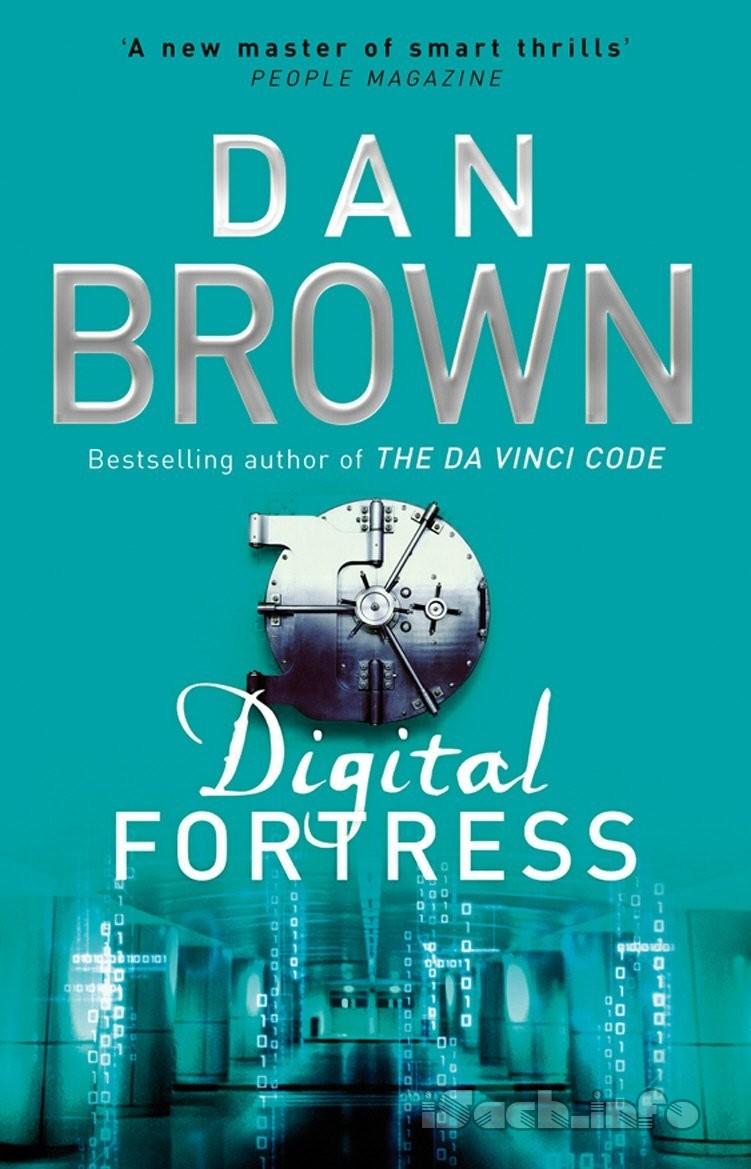Chapter 15
S
usan Fletcher sat at her computer terminal inside Node 3. Node3 was the cryptographers' private, soundproofed chamber justoff the main floor. A two-inch sheet of curved one-way glass gavethe cryptographers a panorama of the Crypto floor while prohibitinganyone else from seeing inside.At the back of the expansive Node 3 chamber, twelve terminalssat in a perfect circle. The annular arrangement was intended toencourage intellectual exchange between cryptographers, to remindthem they were part of a larger team—something like acode-breaker's Knights of the Round Table. Ironically, secretswere frowned on inside Node 3.
Nicknamed the Playpen, Node 3 had none of the sterile feel ofthe rest of Crypto. It was designed to feel like home—plushcarpets, high-tech sound system, fully stocked fridge, kitchenette,a Nerf basketball hoop. The NSA had a philosophy about Crypto:Don't drop a couple billion bucks into a code-breakingcomputer without enticing the best of the best to stick around anduse it.
Susan slipped out of her Salvatore Ferragamo flats and dug herstockinged toes into the thick pile carpet. Well-paid governmentemployees were encouraged to refrain from lavish displays ofpersonal wealth. It was usually no problem for Susan—she wasperfectly happy with her modest duplex, Volvo sedan, andconservative wardrobe. But shoes were another matter. Even whenSusan was in college, she'd budgeted for the best.
You can't jump for the stars if your feet hurt, heraunt had once told her. And when you get where you'regoing, you darn well better look great!
Susan allowed herself a luxurious stretch and then settled downto business. She pulled up her tracer and prepared to configure it.She glanced at the E-mail address Strathmore had given her.
NDAKOTA@ara.anon.org
The man calling himself North Dakota had an anonymous account,but Susan knew it would not remain anonymous for long. The tracerwould pass through ARA, get forwarded to North Dakota, and thensend information back containing the man's real Internetaddress.
If all went well, it would locate North Dakota soon, andStrathmore could confiscate the pass-key. That would leave onlyDavid. When he found Tankado's copy, both pass-keys could bedestroyed; Tankado's little time bomb would be harmless, adeadly explosive without a detonator.
Susan double-checked the address on the sheet in front of herand entered the information in the correct datafield. She chuckledthat Strathmore had encountered difficulty sending the tracerhimself. Apparently he'd sent it twice, both times receivingTankado's address back rather than North Dakota's. It wasa simple mistake, Susan thought; Strathmore had probablyinterchanged the datafields, and the tracer had searched for thewrong account.
Susan finished configuring her tracer and queued it for release.Then she hit return. The computer beeped once.
TRACER SENT.
Now came the waiting game.
Susan exhaled. She felt guilty for having been hard on thecommander. If there was anyone qualified to handle this threatsingle-handed, it was Trevor Strathmore. He had an uncanny way ofgetting the best of all those who challenged him.
Six months ago, when the EFF broke a story that an NSA submarinewas snooping underwater telephone cables, Strathmore calmly leakeda conflicting story that the submarine was actually illegallyburying toxic waste. The EFF and the oceanic environmentalistsspent so much time bickering over which version was true, the mediaeventually tired of the story and moved on.
Every move Strathmore made was meticulously planned. He dependedheavily on his computer when devising and revising his plans. Likemany NSA employees, Strathmore used NSA-developed software calledBrainStorm—a risk-free way to carry out "what-if"scenarios in the safety of a computer.
BrainStorm was an artificial intelligence experiment describedby its developers as a Cause & Effect Simulator. It originallyhad been intended for use in political campaigns as a way to createreal-time models of a given "political environment." Fedby enormous amounts of data, the program created a relationaryweb—a hypothesized model of interaction between politicalvariables, including current prominent figures, their staffs, theirpersonal ties to each other, hot issues, individuals'motivations weighted by variables like sex, ethnicity, money, andpower. The user could then enter any hypothetical event andBrainStorm would predict the event's effect on "theenvironment."
Commander Strathmore worked religiously with BrainStorm—notfor political purposes, but as a TFM device; Time-Line, Flowchart,& Mapping software was a powerful tool for outlining complexstrategies and predicting weaknesses. Susan suspected there wereschemes hidden in Strathmore's computer that someday wouldchange the world.
Yes, Susan thought, I was too hard on him.
Her thoughts were jarred by the hiss of the Node 3 doors.
Strathmore burst in. "Susan," he said. "Davidjust called. There's been a setback."



 ePub
ePub A4
A4